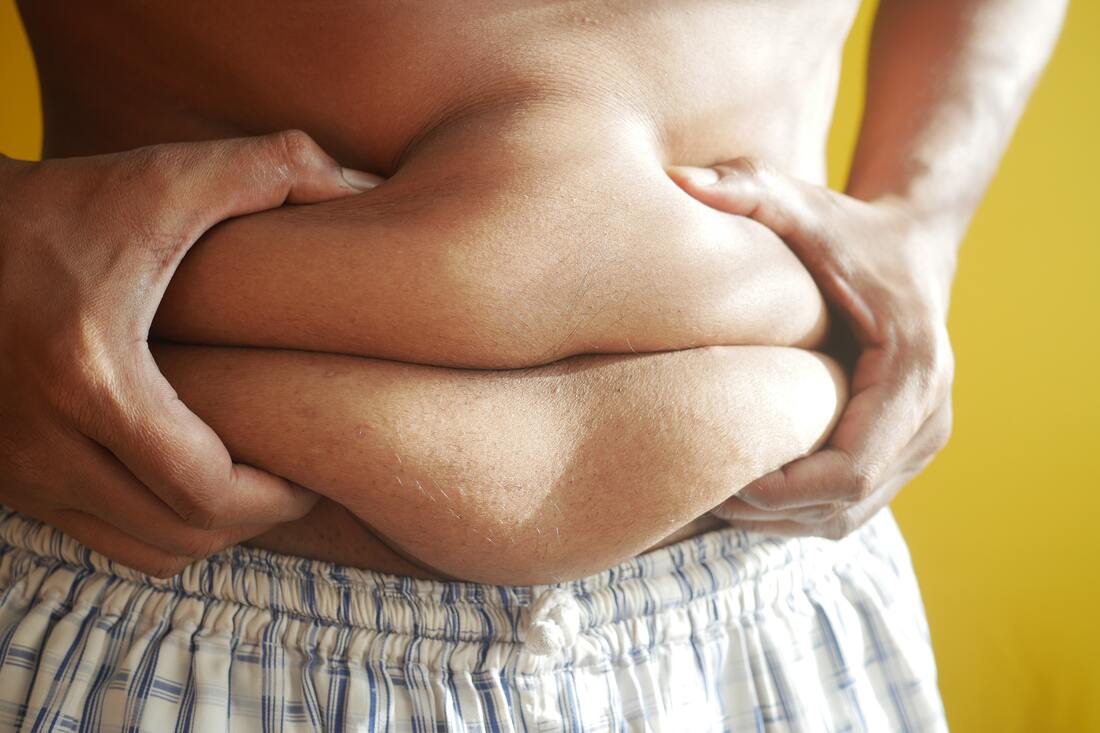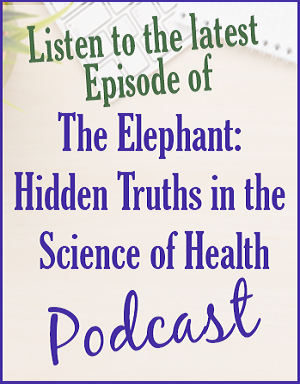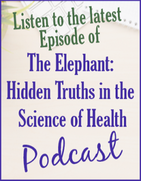Larry A. Law
The Amazing Liver
The liver plays an important role in immune system health as the Kupffer cells reside in the liver and are part of the macrophage system protecting us from bacterial infection in the intestines. It also eliminates harsh ammonia created by bacterial activity on protein in the gut during digestion. The liver is one of the few organs that can regenerate within our body. Surgeons can remove up to 60% of a damaged liver, and the remaining 40% will regenerate completely within a month. The liver synthesizes three types of plasma proteins (like albumin) which transport fats, vitamins, minerals, and hormones. These plasma proteins help maintain proper fluid pressure and blood pH by distributing water and fluids between the blood and tissues. Since red blood cells (RBC) last only 120 days in the body before being replaced, the liver eliminates the heme part of the hemeglobin in the RBCs (the protein that carries the oxygen in the RBC) into an orange-yellow pigment called bilirubin for excretion in the bile. The liver creates cholesterol which is vital throughout the body (your brain is 25% cholesterol!). Since cholesterol cannot travel by itself, the liver uses little taxi cabs called low-density and high-density lipoproteins (LDL/HDL cholesterol). When the low-density lipoproteins get oxidized (rusted) by too much glucose in the blood, they can cause problems, but it is never the cholesterol that is the problem—only the oxidized LDL carrier.
De Novo Lipogenesis—Turning Sugar Into Fat
One last function that deserves attention involves the presence of too much sugar in the body. Once the sugar stores (glycogen reserves) are full in the liver, the liver can remarkably turn additional sugar (glucose) into fat (fatty acids). This process is called de novo lipogenesis, a metabolic process that was only discovered in 2014. It turned the science of biology on its head because biologists thought for decades that fat made you fat and sugar had no effect. The experts were very wrong and this discovery showed how sugar made people fat—refined carbohydrates were the problem, not healthy fats. Unfortunately, we had 40 years of misguided low-fat/no fat diets and products that actually hurt our health. You may not know this because the government never takes responsibility and admits when they are wrong. They just stop talking about it and hope no one notices, but that is the reason low-fat/no fat marketing went away. The sugar they added to products when they took the fat out and tried to make the products not taste like cardboard caused an exponential explosion in obesity and type 2 diabetes.
Nonalcoholic Fatty Liver Disease (NAFLD)
The blood transfers cholesterol and fatty acids into fat cells, but the liver tries to accomodate as much as possible and this results in nonalcoholic fatty liver disease (NAFLD). In the U.S., an estimated 30% of adults have NAFLD. Worldwide the figure is 25%. 90% of people with obesity, 75% of people who are overweight, and 50% of people with diabetes have NAFLD. Sadly, 10% of children have it. Cardiovascular disease is the number 1 cause of death in people with NAFLD. It often has no symptoms until it is too late, although it can cause fatigue and swelling in the legs. Researchers believe that a significant cause of NAFLD relates to the increased intake of toxic, industrially processed seed oils, commonly known as vegetable oils. Examples of seed oils that are high in omega-6 polyunsaturated fatty acids (PUFAs) include soybean, cottonseed, sunflower, canola (rapeseed), corn, and safflower vegetable oils. Eating seed oils high in the specific PUFA called linoleic acid (LA) contributes extensively to low-grade inflammation, oxidative stress, endothelial dysfunction, and atherosclerosis (hardening of the arteries).
Healing and Repair is Possible
To avoid LA, eliminate eating processed foods, fast foods and most cooked restaurant foods. Focus on whole, real foods—mostly plant-based. Vegetable oils are deadly. Besides LA consumption, fatty liver can also be driven by excess sugar, so reducing the consumption of refined carbohydrates is crucial. Even though this diet intervention can seem extreme in the beginning, once you transition to a diet based more on plant-based nutrition and properly raised meat, the liver will respond immediately. Cravings will diminish and you will feel so much healthier. Choline is an essential nutrient critical to liver function. Researchers estimate that the vast majority of the population is deficient. Try adding organic, free-range egg yolks, grass-fed beef liver, wild-caught salmon, and/or arugula to increase your choline levels. Chris Masterjohn believes the disappearance of liver and egg yolk from the American diet is the number one culprit in causing NAFLD. N-acetylcysteine (NAC) is a precursor for glutathione synthesis and is very supportive for the liver. NAC is used as an antidote for acetaminophen (Tylenol) toxicity, which causes liver damage by depleting glutathione. Of course, the sugars we teach about in our Wellness Journey Class are essential to supplement as the liver is the backup system for the creation of these fundamental and essential, cellular sugars if primary sources are not adequate. For more information on these sugars, see my book.
4 Comments
Sherelle
8/29/2023 01:01:50 pm
You stated in this blog that vegetable oils were deadly?
Reply
Larry Law
11/1/2023 09:12:58 pm
Hi Sherelle,
Reply
Donna
9/5/2023 07:03:23 am
Great read. Thank you Larry! I also question what oil is best used for baking ?
Reply
Larry Law
11/1/2023 09:18:32 pm
Coconut, avocado, butter, ghee can all be used for baking. If you sautee or lightly fry food, then you will need to look into more detail about their smoking point temperatures.
Reply
Leave a Reply. |
BlogArchives
July 2024
Categories
All
|
© Angie's Option GRM. All rights reserved.








 RSS Feed
RSS Feed

